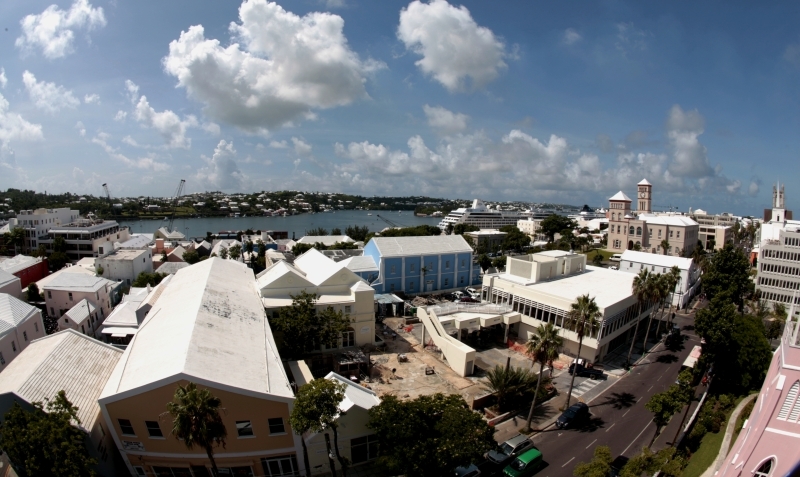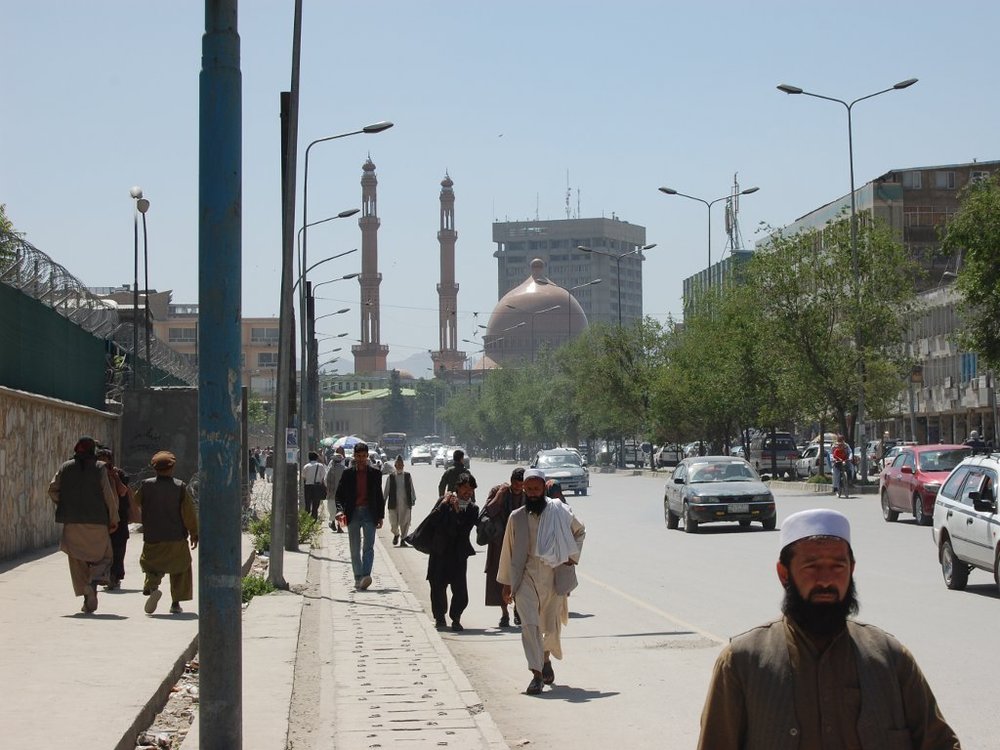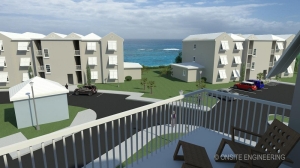the creatives approach to city planning
/As Bermuda gets ready to welcome a new City of Hamilton Plan in the coming months, one can't help having a wee bit of an "oh" feeling about it when it would be nice to experience an "Oh!" level of excitement. It could be that, with a moribund construction industry, there's little point in getting revved up.
On the other hand, this may be an opportunity to engage the public in a completely different way without the developers' sword of Damocles hanging over the planners' heads.
The image below is the City of Hamilton several years ago, when applicants seeking planning permission for tall hotels/office buildings/residences were tripping over themselves to start digging. Much of the commercial floor space was erected but the more interesting hotels did not come to fruition. The City of Hamilton Plan 2001 is something of a reflection of its time. A plan for dealing with the demand for new office spaces with expansive floor plans.
 view southwest over the city of hamiltonSo, what about a different approach to public engagement? Well, Creative CityMaking is a programme in Minneapolis, Minnesota, which seeks to foster collaborations between artists and the Minneapolis city planners with the goal of "providing both with new tools for working with diverse communities."
view southwest over the city of hamiltonSo, what about a different approach to public engagement? Well, Creative CityMaking is a programme in Minneapolis, Minnesota, which seeks to foster collaborations between artists and the Minneapolis city planners with the goal of "providing both with new tools for working with diverse communities."
The idea is to stimulate new ways of thinking about and planning for the city by having the creative community and civil servants view each others' challenges with fresh eyes. In particular, as outlined by Theresa Sweetland, Executive Director of Intermedia, the organisation partnering with the City of Minneapolis, the collaborations -
will integrate new perspectives into planning and bring more diverse groups of people to the table to discuss the challenges and opportunities facing the city. We also believe that collectively, these artists and planners will create a vision and a living set of policies for the city that will result in a more active, healthy, culturally authentic and vibrant public realm.
Normally, in Bermuda, we bring forth a Report of Survey giving a run down of the studies undertaken which form the basis for the policies of the new plan. It would be nice to think outside the box (yes, a dreadfully over used expression) and gain the input of a diverse set of creative minds as we seek to make the City of Hamilton, as I've said before, a great place to live, work and play.



